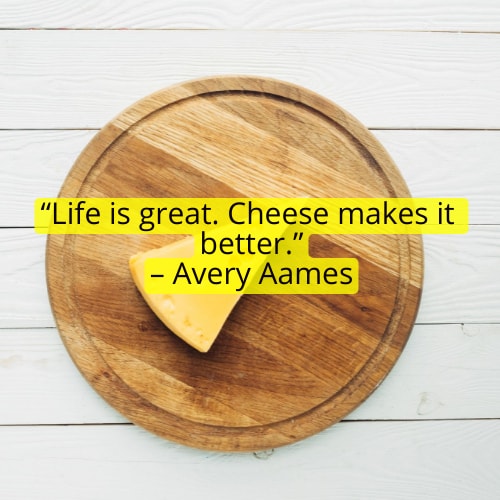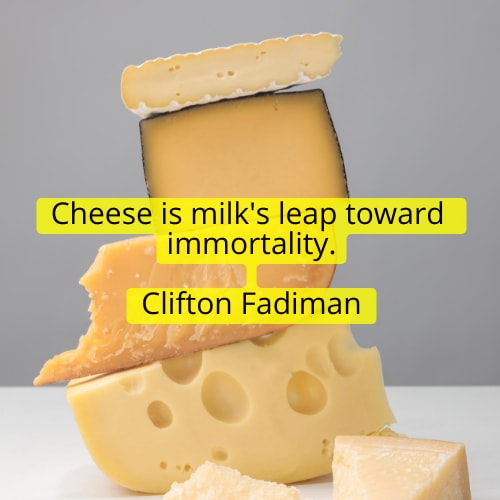How a Somerset farm is adding value to dairy bull calves
Father-and-son team Richard and Tom Calver have already built a name for Westcombe Cheddar, the raw milk cheese they produce from their two dairy herds.
Now, they are adding value to dairy bull calves by rearing them to produce charcuterie.
With a wide range of established customers for their cheese, they are in a good position to expand. At the same time, they are creating a new market for a part of dairy production that is often regarded as worthless.
See also: 7 top tips on establishing herbal leys
Farm Facts – Milton-Westcombe Farms
- Two mainly autumn-calving dairy herds, one with 200 cows, one with 170
- Annual yield just under 9,000 litres
- Conception rate to first service 53%
- Twice-a-day milking in herringbone parlours
- Paddock-grazing system
- Dairy-beef calves supplied to Buitelaar (Beef Shorthorn and Angus)
- Dairy bull calves reared on farm to produce charcuterie
- Producing 100-120t traditional cheddar a year, plus Caerphilly, ricotta and smoked cheese
- Cheese production uses just under half the farm’s milk – the rest is supplied to Barber’s
The idea came about because the farm, near Shepton Mallet, had started supplying other producers with starter cultures that are used in cheesemaking and charcuterie production (to start meat fermenting).
This was part of a business, previously run from the farm by a maker of Caerphilly cheese, which the Calvers had subsequently taken over.
“We thought, if we’re selling cultures to make cheese and charcuterie, we should know more about them,” says Tom.
Meanwhile, an hour away at Cannington, near Bridgwater, farmer Fred Price was looking for a grass break in his arable rotation.
With no cattle experience, but some knowledge of pigs, he decided to graze Tamworth-cross pigs on herbal leys.
“This gave us the idea of rearing calves to make veal salami using fat from Fred’s pigs. So, we made some [charcuterie], and it went really well,” says Tom.
Beef fat is quite granular,…
..


